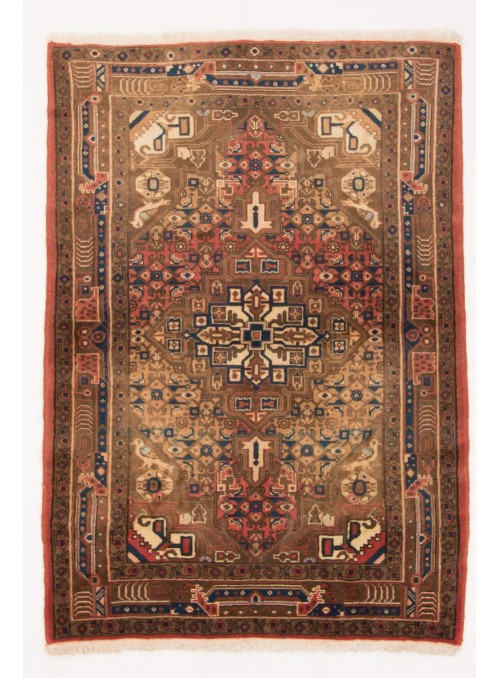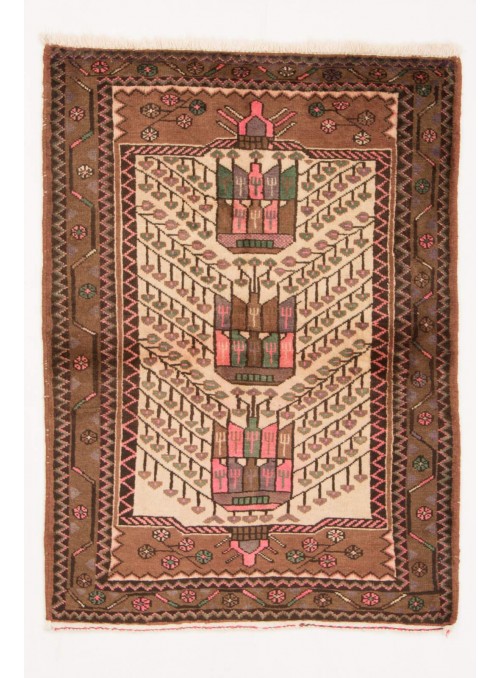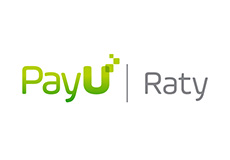-
Free EU and UK Shipping30 day return policyDelivery - from 2 daysHigh quality and best price
No products
Prices are tax included
Iran has over 1.5 million square kilometers of surface area which is populated by nearly 80 million Iranians. Historically until 1934, the country was called Persia, and most people living there were Persian (51%), Kurds (7%), Gilan and Mazandaran, Lurow and Bachtiarza, Baluchas, Jomudes, Afshar, Kashkaya and other tribes of nomads. The names of the above populations or cities located in that country gave the names of carpets woven here in various manufactories. In Iran, the largest source of income is oil export, but the most...
-
Hand-made persian traditional village carpet Hamadan ca. 100x150cm 100% wool Iran Hand-made persian traditional village...
150 x 100 cm
959,00 złIn Stock2 600,00 zł -
Hand-made persian traditional village carpet Hamadan ca. 100x140cm 100% wool Iran Hand-made persian traditional village...
140 x 100 cm
849,00 złIn Stock2 320,00 zł -
Hand-made persian traditional village carpet Hamadan ca. 100x150cm 100% wool Iran Hand-made persian traditional village...
150 x 100 cm
909,00 złIn Stock2 480,00 zł -
Hand-made persian traditional village carpet Hamadan ca. 110x160cm 100% wool Iran Hand-made persian traditional village...
160 x 110 cm
1 079,00 złIn Stock2 950,00 zł -
Hand-made persian traditional village carpet Hamadan ca. 100x150cm 100% wool Iran Hand-made persian traditional village...
150 x 100 cm
919,00 złIn Stock2 570,00 zł -
Hand-made persian traditional village carpet Hamadan ca. 100x150cm 100% wool Iran Hand-made persian traditional village...
150 x 100 cm
919,00 złIn Stock2 540,00 zł
Showing 17 - 22 of 22 items
- 1
- 2


























